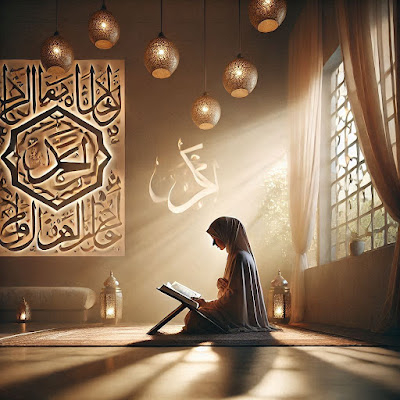Reflecting on Sacred Geometry: Signs of Divine Wisdom
Contemplating the Legacy of a Prophet and the Divine Art of Creation
Sacred geometry is not merely an art or science—it is a divine language, an intricate code that speaks to the Creator’s infinite wisdom. Its patterns, found in the cosmos, nature, and human design, serve as signs of Allah’s harmonious and balanced creation. But beyond its physical beauty, sacred geometry connects the material and spiritual worlds, urging us to recognize the divine order underlying all existence.
A prophet, celebrated for his wisdom in astronomy, the mastery of the pen, and his insight into creation, is said to have left behind a legacy of sacred geometry. This connection demands our reflection: why was the pen—a tool associated with recording, creativity, and divine knowledge—emphasized so far back in human history? The Qur’an itself highlights its significance:
"Read, and your Lord is the Most Generous—Who taught by the pen." (Surah Al-Alaq: 3-4)
The teachings attributed to this prophet were not just intellectual pursuits but reflections of divine truths. Sacred geometry, for instance, was more than mathematics; it was a reflection of universal harmony—a blueprint of creation itself. The pyramids, which some traditions associate with his wisdom, stand as symbols of knowledge that transcends time, aligning the heavens and Earth in a way that points directly to divine precision and balance.
What role does this legacy play in our lives today? It challenges us to ask whether we live in alignment with the sacred order or have distanced ourselves from it. Just as the prophet left these signs as a reminder, we too are called to reflect on our connection with divine harmony. Sacred geometry becomes more than an art or science; it is a call to live intentionally, ensuring our actions, thoughts, and creations reflect balance, wisdom, and purpose.
This realization also sheds light on the relationship between knowledge and worship. Astronomy, geometry, and the pen are all acts of inquiry that lead to a deeper recognition of Allah’s greatness. By contemplating this divine order, we strengthen our awareness of tawhid (oneness) and bring our daily lives into alignment with the Creator’s design.
Allah urges us to reflect on His signs scattered across creation:
"Indeed, in the creation of the heavens and the Earth, and the alternation of the night and the day, are signs for those of understanding." (Surah Aal-E-Imran: 190)
This reflection is not an abstract exercise; it is a means of transformation. Through sacred geometry and the wisdom of the prophets, we are reminded to realign our priorities and live with intention, knowing that every action, no matter how small, contributes to the harmony of the divine design.




Comments
Post a Comment